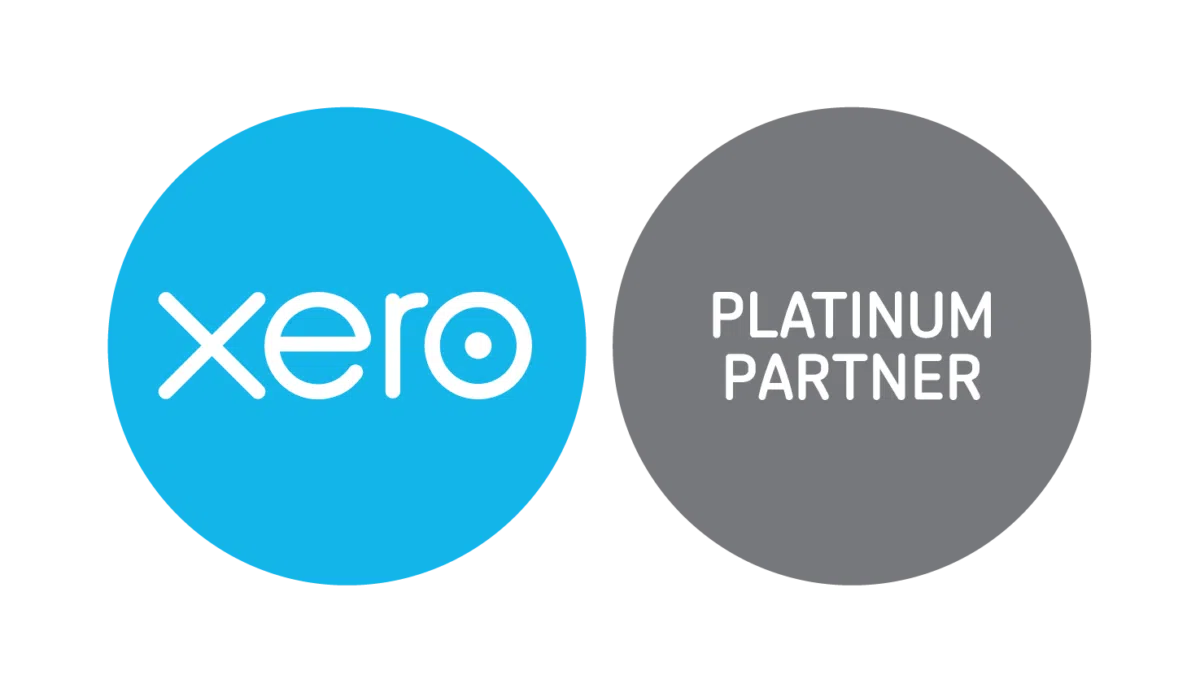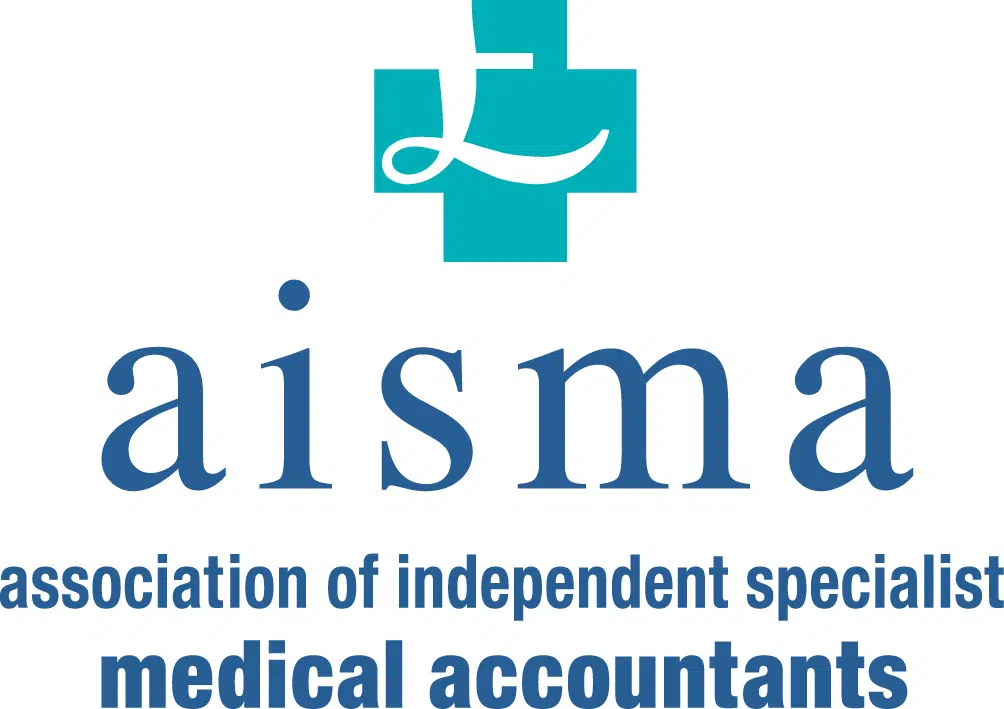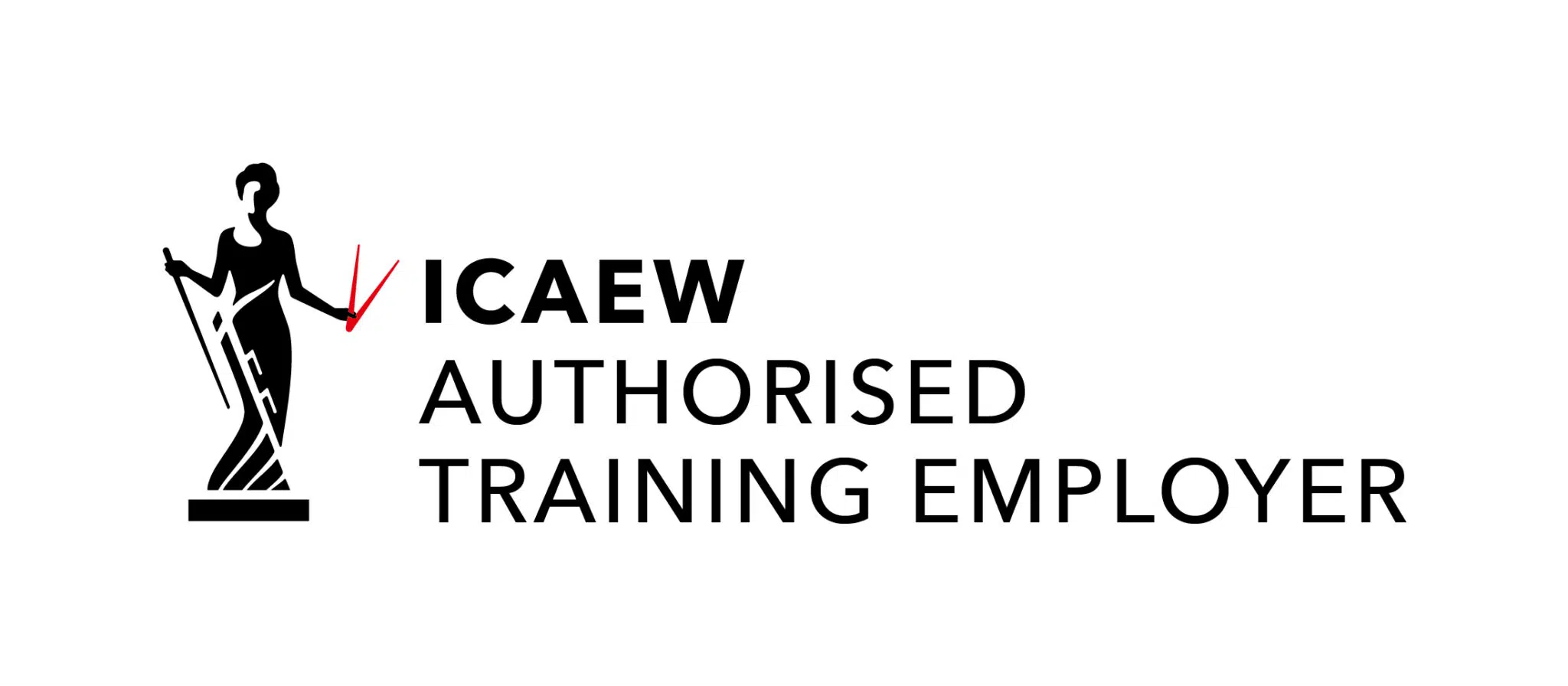Scottish budget hikes income tax for higher earners
Published: 20th December 2023
Income tax is a fully devolved matter in Scotland – at least in respect of the rates and thresholds that apply. The Scottish government must, however, conform to the UK personal allowance, dividend rates, NI rates and thresholds. The Budget for 2024/25 has made more changes to the income tax rates and thresholds. The current and proposed positions for 2024/25 is shown in the following tables:
2023/24
| Band | Income Range | Rate |
|---|---|---|
| Starter Rate | £12,571 – £14,732* | 19% |
| Basic Rate | £14,733 – £25,688 | 20% |
| Intermediate Rate | £25,689 – £43,662 | 21% |
| Higher Rate | £43,663 – £125,140 | 42% |
| Top Rate | Above £125,140** | 47% |
2024/25
| Band | Income Range | Rate |
|---|---|---|
| Starter rate | £12,571 – £14,876* | 19% |
| Basic rate | £14,877 – £26,561 | 20% |
| Intermediate rate | £26,562 – £43,662 | 21% |
| Higher rate | £43,663 – £75,000 | 42% |
| Advanced rate | £75,001 – £125,140 | 45% |
| Top rate | Over £125,140** | 48% |
*Assumes individuals are in receipt of the Standard UK Personal Allowance.
**Those earning more than £100,000 will see their Personal Allowance reduced by £1 for every £2 earned over £100,000.
As Scottish taxpayers are required to pay NI in accordance with the main UK rates, the overall position will be even more complicated. For example, higher rate taxpayers in Scotland could pay Class 1 NI at 10% or 2%, depending on whether their income exceeds £50,270 or not. Those with a mix of earned and investment income (especially dividends) will find things even more complex next year.












